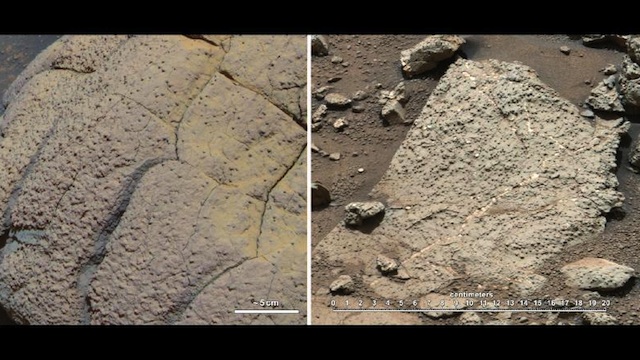SUMMARY
This is AI generated summarization, which may have errors. For context, always refer to the full article.

NASA scientists says the Curiosity rover has uncovered proof of an environment that could have supported life on Mars. An analysis of a Mars rock sample by the rover showed minerals, including hydrogen, carbon and oxygen, that are the building blocks of life. The six-wheeled robot, with 10 scientific instruments on board, is the most sophisticated ever sent to another planet. The rock sample was drilled from a sedimentary bedrock sample and found to contain clay minerals, sulfate minerals and other chemicals. Based on the analysis of those chemicals, researchers were able to determine that the water that helped form the rocks were of a relatively neutral pH. John Grotzinger, Curiosity project scientist from the California Institute of Technology says the environment they found was “habitable, benign and supportive of life.”
Read the full story on Rappler.
Add a comment
How does this make you feel?
There are no comments yet. Add your comment to start the conversation.